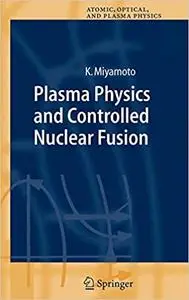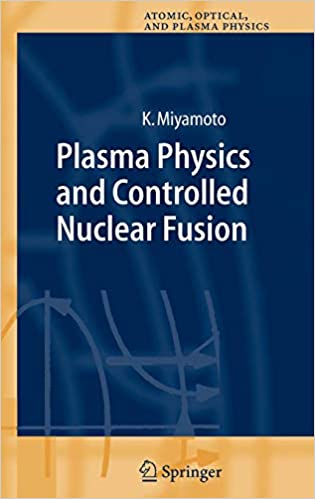Kenro Miyamoto, "Plasma Physics and Controlled Nuclear Fusion "
English | ISBN: 3540242171 | 2005 | 372 pages | PDF | 6 MB
English | ISBN: 3540242171 | 2005 | 372 pages | PDF | 6 MB
The primary objective of these lecture notes is to present the basic theories and analytical methods of plasma physics and to provide the recent status of fusion research for graduate and advanced undergraduate students. I also hope that this text will be a useful reference for scientists and engineers working in the relevant ?elds. Chapters 14 describe the fundamentals of plasma physics. The basic concept of the plasma and its characteristics are explained in Chaps.1 and 2. The orbits of ions and electrons are described in several magnetic ?eld con?gurations in Chap.3, while Chap.4 formulates the Boltzmann equation for the velocity space distribution function, which is the basic equation of plasma physics. Chapters 59 describe plasmas as magnetohydrodynamic (MHD) ?uids. The MHD equation of motion (Chap.5), equilibrium (Chap.6) and plasma transport (Chap.7) are described by the ?uid model. Chapter 8 discusses problems of MHD instabilities, i.e., whether a small perturbation will grow to disrupt the plasma or damp to a stable state. Chapter 9 describes resistive instabilities of plasmas with ?nite electrical resistivity. In Chaps.1013, plasmas are treated by kinetic theory. The medium in which waves and perturbations propagate is generally inhomogeneous and anisotropic. It may absorb or even amplify the waves and perturbations. The cold plasma model described in Chap.10 is applicable when the thermal - locityofplasmaparticlesismuchsmallerthanthephasevelocityofthewave.



